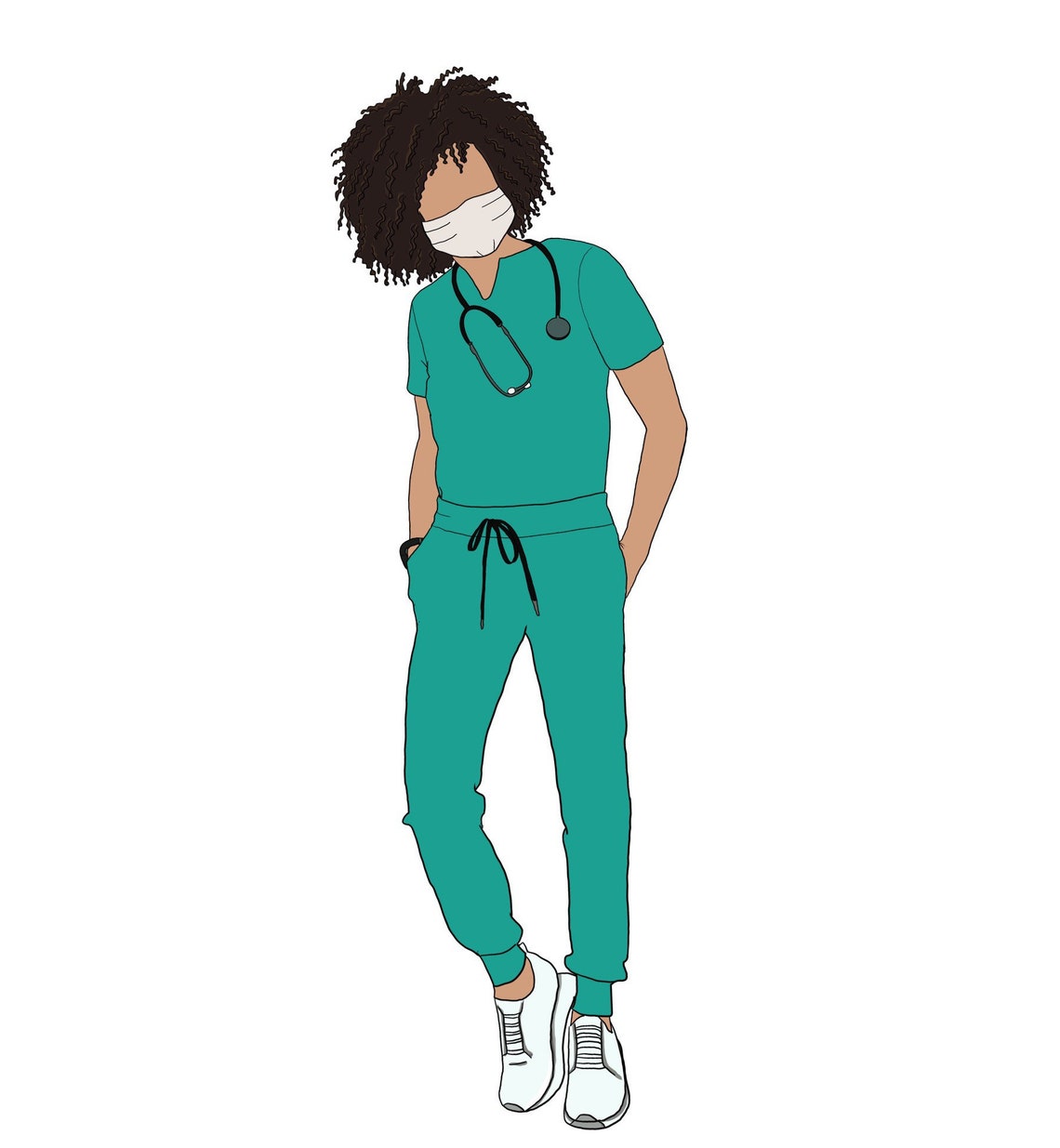

However, designer and architect Neri Oxman, along with the group Mediated Matter at the Massachusetts Institute of Technology (MIT) have sought to revitalise the practice using new imaging technologies such as multi-material 3D printers and generative computer algorithms. Following the invention of photography, the practice of creating death masks languished as a way of preserving the visage of the deceased. Representing a true portrait, the death mask simultaneously memorialises life and death, offering the living a sense of connection to the dead. Both artists use beauty to care for the dead, but does it cloud the reality of exploiting the marginalized dead? Do the benefits out-weight the consequences? Or is this the only way that art can critically engage with the issues surrounding these kinds of deaths? In Serrano’s case, Jane Doe’s criminal identity raises concerns for those bodies that do not have a family to advocate on their behalf. For Goldin the conflict of selling photographs of her dead friend is rarely breached by the critical reception of her work. This attempt to care for those dead that were otherwise discounted, however, raises serious ethical concerns.

Using as case studies Serrano’s Jane Doe: Killed by Police and Goldin’s Cookie in Her Casket, I will argue that these artists attempt to reintroduce care to the dead, which were socially ostracized.

Andres Serrano and Nan Goldin were artists working in New York during this tumultuous time, and brought to the forefront two such groups – AIDS victims and police-related deaths. Death was no longer invisible, and yet certain groups found that their death was being marginalized. As the eighties turned to the nineties, euthanasia debates, abortion debates, and the death penalty brought death into the forefront of politics. The eighties was rocked from the dream where death was a failure of medicine - a time when Phillipe Airès dubbed death ‘invisible’ – by the realities of AIDS and cancer. The early nineties in New York saw an unparalleled shift in the social views of death. I will ultimately assert that Serrano’s stylistic choices in terms of cropping and titling, alongside manipulation of the viewing gaze and the consequent removal of subjectivity, redefine our relationship with the idea of the corpse, at the same time radicalising our expectations of post-mortem photography.
#Faceless portrait generator free series#
These analyses will then form the basis for a close reading of the photographed corpse outside the concept of a 'living' thing as seen in Andres Serrano's 1992 photographic series The Morgue. In the context of Barthes's line of thinking, I will draw on the tradition of Victorian death portraits, specifically the way in which these portraits reflect a human desire to preserve life through photography rather than commemorate death. My article aims to outline the perimeters of this alternative way of conceptualising post-mortem photographs, firstly by reconsidering Barthes’s notion of the ‘living’ and the ‘thing’ in photography. I suggest that the photograph could certify the presence of the corpse as ‘thing’, without creating in the viewer an impression of the corpse as 'living'. This essay examines Andres Serrano's The Morgue in relation to Barthes's assertion that in photographing the corpse, the living presence of the corpse is apparent.


 0 kommentar(er)
0 kommentar(er)
